The Communication Dance
Last night I was watching my daughter and her team play their final netball game of the summer season. It was a close game and eventually, the win went to the other team. One of the most interesting things during that game was not how many goals were scored but rather how the players and more broadly each team moved on the court. Specifically, how they moved in response to the way they communicated as teammates and how they processed and responded to the information they received.
I like to call this the communication dance.
When you see it in action, particularly in sport, it looks very much like the players are dancing, almost floating as they use non-verbal cues to communicate.
And it got me thinking about the workplace. How we communicate as individuals and as a team has a significant impact on how we all perform. At Sparrowly Group we have formal and informal ways of communicating with each other, this includes giving and receiving feedback. It is something, however, that we are always working towards fine tuning and, it can be hard at times.
While I've always considered myself a strong communicator and aimed to align with what I believed was my team's preferred communication style, there's always room for improvement. Some key learnings on my ongoing communications journey and in leading teams include:
Style - Particularly as the team changes or grows, it is important for all team members to stop, review and refine their communication style, individually and as a group. This is particularly important if the team has worked together for a long time, their communication dance can become second nature and it can be hard to learn ‘new moves’.
Pace - The pace at which we communicate can have a significant impact on how others respond. We see this a lot when change or stakeholder engagement is not clearly mapped from the outset. Ensuring communication is clear, regular and transparent is critical to build and maintain trust. It’s ok to say you don’t know and will follow up, but do follow up.
Acknowledge - Recognising the specific roles each colleague plays in our team and their communication needs are important. On the flip side it’s important for all colleagues to remain self aware of their style, ask for feedback, listen to that feedback and work towards refining their style.
Communicating can be hard - and some days, especially at this time of the year it can be harder (I know it is for me). It can also be hard at times to find the motivation to do your best. When you feel like this, my advice is if there’s something that you are challenged with as to how to communicate, sleep on it. However, if time is of the essence, first, take a big deep breath, then take a short walk and clear your head.
And remember you are, we are, only human and we all make mistakes. Learn from them and move forward.

